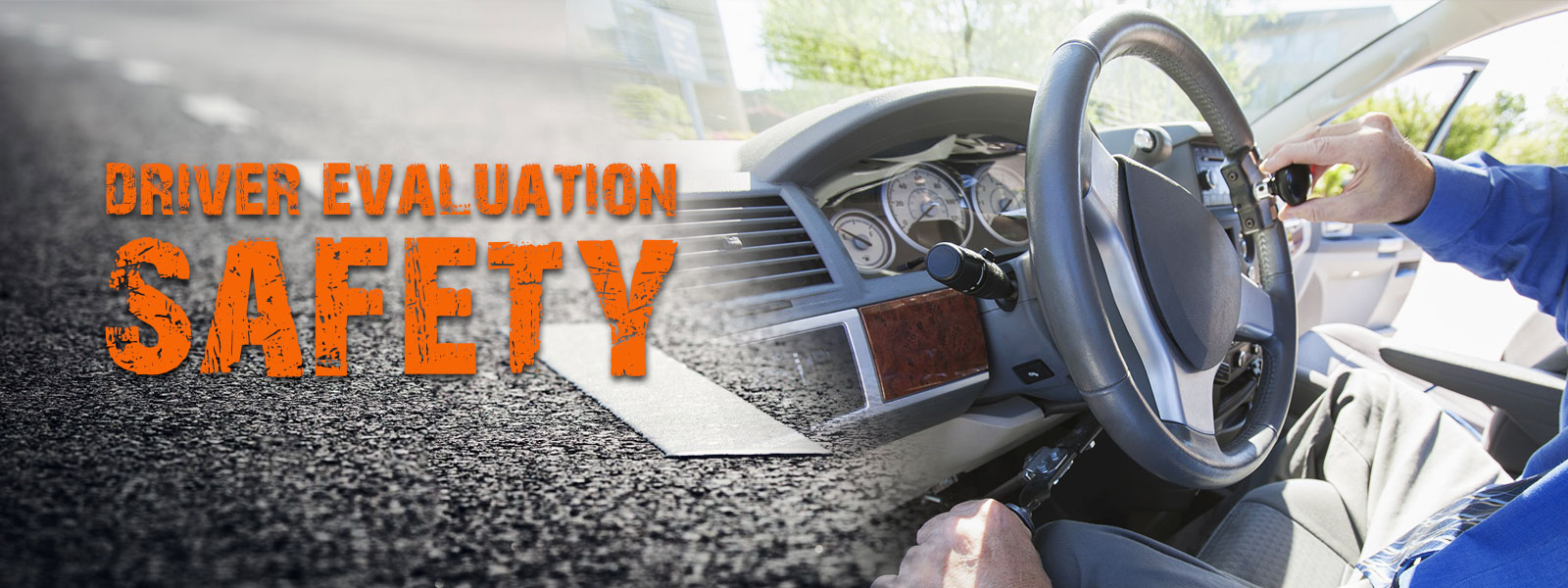With more than 30 years in the safety field, I’ve noticed that when working with professionals in the mobility industry, they often forget that their own personal safety should be just as important as that of their clients’. Driver rehabilitation specialists can become overly focused on serving the needs of their clients, which is commendable, but they often risk their own safety in the process. I believe the two priorities should be balanced, which will ultimately result in happier clients with fewer accidents and claims. And, this approach should also be supported by leadership and senior management at any driver rehabilitation services organization.
How do you strike a balance?
Here are a few risk and safety management tips for driver rehabilitation specialists to keep everyone safe during driver evaluations. These may seem obvious, but you would be surprised how often these steps are overlooked, which can lead to accidents and expensive claims. If you do not feel safe with a client for any reason, you have the right to STOP and reschedule an evaluation until your safety concerns have been resolved.
- Set expectations: Review the safety expectations with the client. Explain to them that the most important part of this evaluation is to ensure your and their safety and the safety of other motorists on the road. They need to understand that during this evaluation you expect them to follow your suggestions and requests. Stress that you will not tolerate any unsafe acts, especially distracted driving, and either of you can stop this evaluation at any time if one of you feels unsafe.
- Verify clients’ credentials to drive (if applicable): Many of your clients are probably getting behind the wheel for the first time, so you will want to verify that they have a valid leaner’s permit. If they are already licensed, inspect their driver’s license to the best of your abilities to make sure it is valid. Also, look for endorsements on the license stating they are required to wear corrective lenses or hearing aids. If they are, make sure they are complying with the endorsements before you get in the vehicle.
- Use safety belts: Your client and all passengers should wear safety belts or be properly restrained if they are in a wheelchair when operating a vehicle. If the client refuses to wear their seatbelt/restraints or if your seat belt doesn’t work, do not proceed with the evaluation.
- Ensure driver is not impaired: Make sure your client is not ill, injured, impaired or under the influence of alcohol, drugs, prescription or over-the-counter medication. You should also be certain that you are fit to drive. Even a minor cold could impact your ability to concentrate and recognize hazards while performing a driver evaluation.
- Reinforce traffic laws: If you find yourself in the vehicle with a client who does not abide by all federal, state, and local motor vehicle regulations, laws and ordinances, you should ask them to stop. However, if they continue driving unsafely, such as speeding, braking abruptly, or running red lights after your request, end the evaluation.
- Do not allow distractions: No distracting activities should be allowed while driving. Clients should not be engaged in making/receiving calls, reading/sending messages or emails, eating, reading maps or engaging in any other tasks that potentially divert their attention from driving.
- Check vehicle condition: You should verify that the client vehicle is in safe driving condition. A quick two-minute safety inspection of walking around the vehicle should be sufficient. Look for obvious issues like a broken windshield, lots of dents, or broken headlights or taillights. Check to see if the headlights, brake lights and turn signals work.
- Require headlights-on: Clients should be required to drive with headlights on at all times regardless of the time of the day, as it improves your visibility to others on the road.
- Mind adverse weather conditions: During adverse weather conditions, such as heavy snow, torrential rain, sleet, freezing rain or extreme fog, you should not conduct a driver evaluation. If visibility is less than a quarter mile, or traction is poor, you should proceed to a safe place until driving conditions improve. A good rule of thumb is to follow the school delays and closings, and delay or reschedule the driving evaluation accordingly. Similarly, if the government offices are closed, that usually indicates more severe weather, in which case you should not be conducting an evaluation either.
- Trust your Spidey senses: Do not get in a vehicle that has any evidence of illicit drugs, alcoholic beverages, or firearms. Also, if you find yourself in a situation where your client is starting to get agitated or showing signs of road rage, trust your instincts and ask them to pull over. Bottom line, if something doesn’t feel right, do not get in the vehicle or stop the evaluation.
- Ensure fueling safety: If you need to refuel during the driver evaluation process, make sure the engine is shut-off and no one is smoking or vaping.
Remember, similarly to putting your own oxygen mask on before you assist others on an airplane, protect yourself first so you can serve your clients better. For more driver rehabilitation specialist safety best practices, contact me at spomponi@psafinancial.com.




